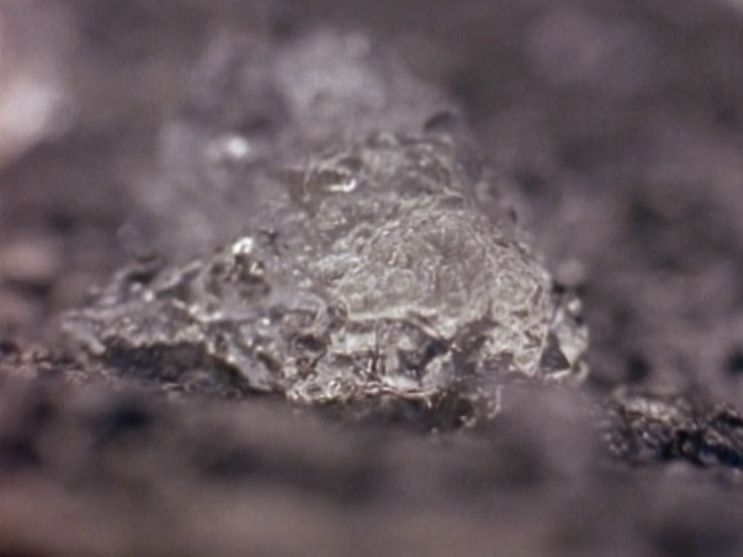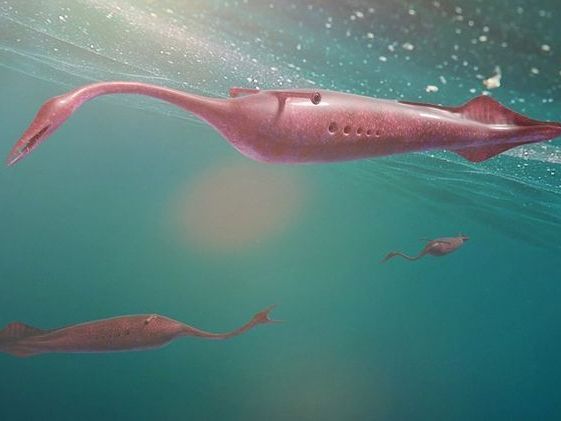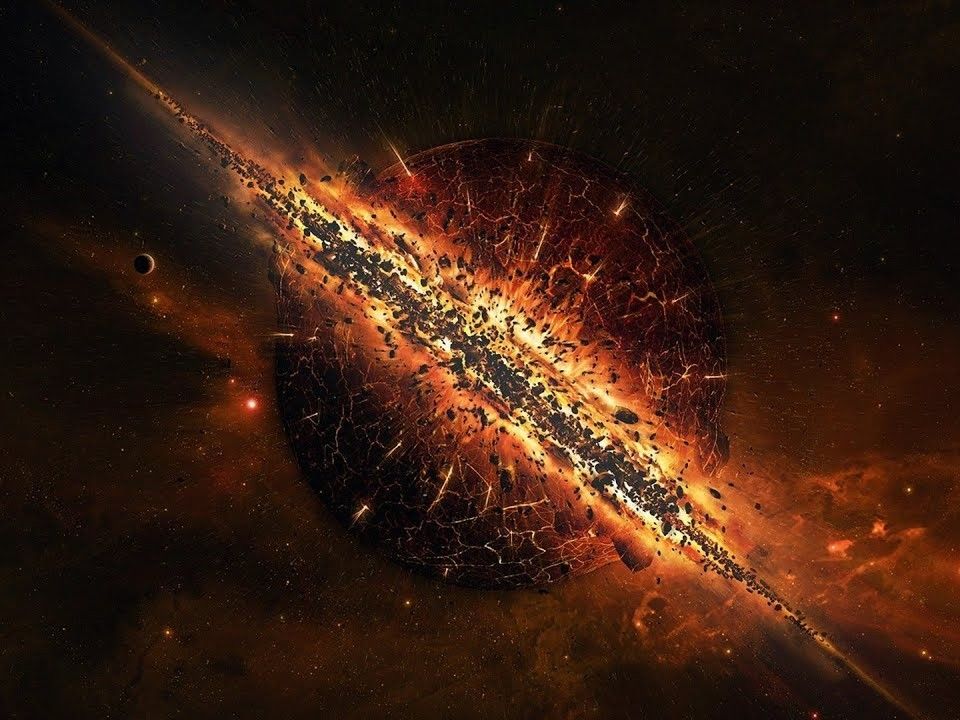In the 300,000 years that we homo sapiens have been in existence on Planet Earth, we’ve discovered an incredible amount about the natural world and how to manipulate it. But unfortunately there’s still a plethora of things we’ve yet to discover that have left scientists everywhere stumped and at a loss for words. Now let’s delve into some of these fascinating scientific mysteries!
In 1994, a strange gelatinous substance in the place of rain fell from the sky and landed in Oakville, Washington. It gets even weirder: The jelly substance fell a total of six times over the course of three weeks and began to make people sick on the first day. One woman named Dotty saved a sample of the jelly rain and sent it to a lab to be studied. A microbiologist who studied the sample observed that it was made up of a type of cell that indicated that it originated from life.
There are various theories as to what this substance was. The first theory is that the navy had destroyed a school of jellyfish and sent them flying into Washington state. Another states that it was the military testing out a new weapon. Either way, there are no known samples left of the substance so this case may indefinitely remain a mystery.
At the time of her death at age 20, Brooke Greenberg (pictured with her two sisters) still looked like a toddler. Except for her hair and nails, her entire body stopped developing while she was still a young child, and scientists aren’t exactly sure why – especially when studies of her genes came back normal, and no one in her family had any sort of genetic abnormalities. Scientists continue to refer to her rare disorder as “Syndrome X.”
The “Tully Monster” is a bizarre 300-million-year-old creature with only one known fossil having ever been found. Its fins resemble those of a cuttlefish and its mouth protrudes out from its body like some sort of extraterrestrial. It’s both creepy-looking, and scientists can’t figure out where it should sit in the family tree.

Fibrodysplasia ossificans progressiva, or “living statue disease,” is an incredibly rare condition caused by a mutation in which muscles, tendons, and ligaments can become ossified, either spontaneously or due to trauma. In other words, different parts of the body begin to turn into bone, making the patient unable to move at all over time, hence they become a “living statue.” Unfortunately there is no cure or treatment currently for this disease.
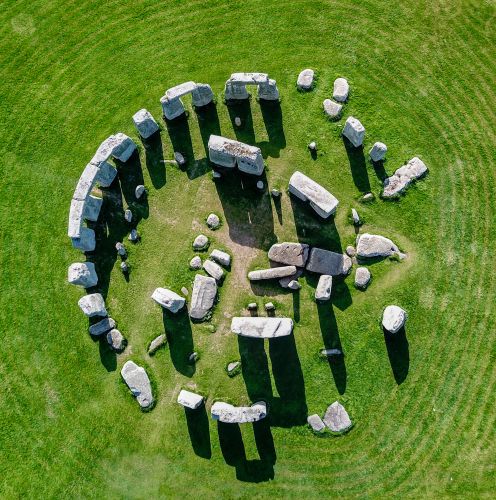
Stonehenge is perhaps the most famous of all the manmade mysteries. It’s estimated that the giant stone structure was likely constructed from 3,000 to 2,000 BC and may have been some sort of Neolithic burial ground. But still, no one really knows how it was constructed, considering that each stone is approximately 13 feet high and weighs 25 tons, and cranes and bulldozers were pretty far from being invented.

Somewhere out there in space is a ninth planet that astronomers can’t seem to find (and no, it sadly isn’t Pluto). Evidence was found in 2017 that indicates that the planet is downright massive and likely exists on the edge of our solar system. As of February 2021, there has been no direct observation of Planet Nine.
In 1977, a narrowband radio signal was received by Ohio State University’s Big Ear telescope. Astronomer Jerry R. Ehman noted the signal a few days later and was so impressed by it that he wrote “wow!” in the margins of the printed-out findings. The signal has not been detected since then, and to this day it remains the strongest evidence for extraterrestrial radio transmission.

Indeed, there are some people who are allergic to the substance that makes up about 60 percent of the human body. Fewer than 100 people in the entire world have been diagnosed with this condition that makes one break out in hives any time they’re exposed to water. Because it’s such a rare condition, doctors have yet to really understand why it happens.

People with Highly Superior Autobiographical Memory (HSAM for short) don’t just have a good memory – they can remember practically every detail of their lives right down to the date and time in vivid memory. The condition was first studied in the early 2000s when a woman named Jill Price claimed that she could remember every single day of her life past age 12. As of today there are only 60 people in the entire world who have been diagnosed with HSAM, and very little is known about it.

The Egyptian pyramids are already mysterious as is, but this makes them that much more perplexing: Researchers have discovered a large void under the north face of the Great Pyramid of Giza, in particular. It is believed that it may be due to underground chambers, but until archaeologists take a look around, it will remain a mystery.

It’s probably safe to assume that every one of us takes for granted that time moves forward. But have you ever stopped to wonder the logistics of why it only moves forward, and why you can’t just reverse time to undo that embarrassing thing you said during your Zoom work call? It’s a topic that’s been perplexing physicists for ages now because the fundamental laws of physics do not actually differentiate between the past and the future, so it’s quite a bit trickier than it may seem.
Twelve-year-old Landon Jones woke up one morning in 2013 to find that he no longer felt the sensations of hunger or thirst, and in just one year, he went from 104 pounds to 68 pounds. His parents took him to the doctor, who then ruled out the possibility of an eating disorder or digestive ailments. Doctors still don’t have a formal diagnosis for this rare condition.

The Bermuda Triangle, also known as the “Devil’s Triangle,” is a region that spans between Bermuda, Puerto Rico, and the southern tip of Florida. It’s famous for the number of ships and planes that have mysteriously disappeared there. Stories of strange happenings in the Bermuda Triangle date all the way back to Columbus’s travels to the New World, and have been attributed to everything from the paranormal to aliens.
Out of all the mysteries of science, cosmology always seems to be one of the most perplexing and frustrating. The best-known theory for the creation of the universe is, of course, the Big Bang Theory, but it gets more complicated than that; despite common belief, matter did not simply explode from nothing into something. Rather, the explosion happened everywhere in the universe simultaneously. That leads us into the question of, what was there before all of that? Does your head hurt yet?
On the south pole of Mars sits a large hole that’s a few hundred meters across. Scientists can’t figure out if the hole is due to a large object that punctured the Martian surface, or if it collapsed in on itself. Either way, it remains a mystery!
Stiff Person Syndrome is a rare condition that causes intense muscle spasms and stiffness. These muscle spasms can be so severe that they fracture bones. Researchers still aren’t sure what causes this condition, but they think it might be an autoimmune issue where the immune system mistakenly attacks the brain and spinal cord.
The peculiar story of the Pollock sisters may make you believe in the paranormal. In 1957, sisters Joanna (11) and Jacqueline (6) died in a car crash. One year after their death, their mother gave birth to twins named Gillian and Jennifer (pictured). Once the girls were old enough to communicate, they started exhibiting some of the behaviors of their deceased sisters, including requesting old toys that they had played with, recognizing places that they had never been, and having an extreme fear of cars before they even knew what had happened to Joanna and Jacqueline. Once the twins turned five, these creepy occurrences happened less often, but to this day there is no adequate explanation for it. One psychologist, Dr. Ian Stevenson, believes that it’s a legitimate example of reincarnation.
The Sajama Lines are a network of paths in western Bolivia that were created continuously for 3,000 years by the Indigenous people there who lived near the Sajama volcano. What makes them remarkable is the fact that they’re all nearly perfectly straight and form a web-like pattern. Altogether, the lines are about 8,700 miles long.
“Human chimeras” are people who have two sets of DNA. This incredibly rare medical event can take place when an embryo in a set of fraternal twins dies early on in the womb, and the second twin absorbs the other’s cells. Having this condition can come with medical issues, but it’s more likely that most chimeras will either go undiagnosed, or they’ll have unusual features such as different skin pigmentations or different-colored eyes.
The universe as we know it may actually be a two-dimensional hologram, scientists believe. Think of it like the little hologram on your credit card; it holds all of the information and looks like it’s 3D, but it’s really just a projection. In the case of a holographic universe, what we see may actually be a projection from a 2D universe that’s outside of our perception. Pretty trippy, isn’t it?
There are several places in the world where you can hear a consistent low-frequency “humming” sound. One of such places is Taos, New Mexico, which has been experiencing “the hum” since the ‘90s. In fact, the noise got so annoying that people in the town complained to Congress about it in 1993. No one’s entirely sure what this persistent noise can be attributed to, but theories include mechanical sources, industrial plants, or even some form of tinnitus

Foreign accent syndrome sounds like something right out of a sitcom, but it is indeed a real condition in which the sufferer picks up a foreign speech pattern and accent without having traveled to that place. It usually is the result of either a stroke or some sort of trauma to the head, and is incredibly rare – there were only 62 cases between 1941 and 2009.
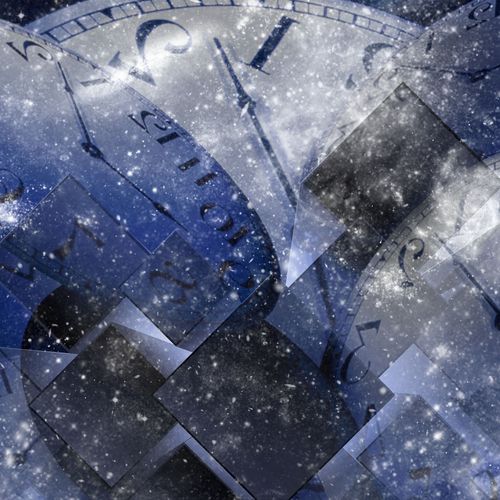
We humans have no trouble conceptualizing one, two, or three-dimensional objects. If string theory turns out to be correct, then that means eleven-dimensional objects are hypothetically possible. Only trouble is, how do we explain why we can’t conceptualize dimensions four through 10? It’s a good thing we have physicists to figure this stuff out for us!

For such an ordinary thing that literally every single human on planet earth does, it seems odd that we don’t have an answer for why we need sleep. While we know what goes on in the brain during sleep, scientists haven’t been able to figure out just why it’s such a necessary part of humanity when there are other species (like the jellyfish) that function just fine without it.
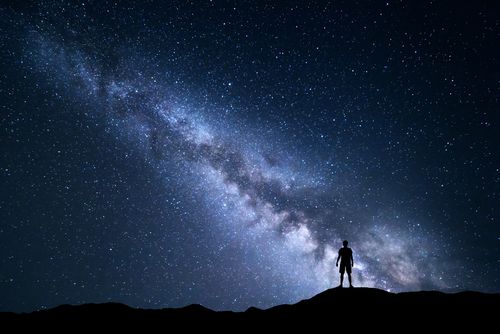
This is undoubtedly one of the most intriguing questions that we humans have ever pondered. And if the chance of there being other intelligent life forms in the universe is fairly high as many astronomers believe, then it seems strange that we haven’t been contacted by any of them yet, doesn’t it?
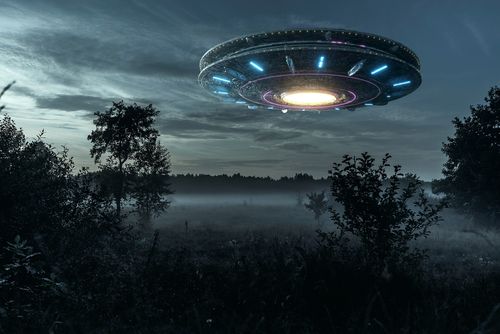
Some scientists have posited that the reason we have yet to hear from any other intelligent life forms in the universe is because the laws of the universe dictate the demise of life wherever and whenever it arises. This means that it’s entirely possible that there have been intelligent life forms that have evolved and died out many times in the past.

The iron pillar of Delhi is fascinating because while it is made completely out of iron, it does not rust – despite it being thousands of years old. There are a couple theories as to why this is: The first is that those who constructed it did not use lime as a finishing material like we do today, and instead used high phosphorus wood. The second theory is that the pillar developed a passive protective film that stops the iron from rusting.
Oftentimes, when you get off of a boat you’ll still feel like you’re floating on the water for a few minutes or hours after the fact. For people with disembarkment syndrome, however, that feeling may stick around for a year or longer. You can even get disembarkment syndrome from being on a plane, elevator, or train. No one’s really sure what causes this disorder, but researchers have found that people who get migraines, and women ages 30 through 60 are more likely to get it.
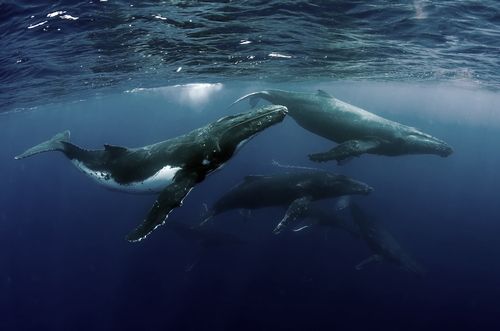
Back in March 2017, a group of more than 200 humpback whales was observed congregating off the coast of South Africa. Scientists were stumped by this because these whales are typically quite solitary, and tend not to congregate in groups of more than seven at a time.
It’s hard to believe that one day the universe will cease to exist. That day might not be for another 10 billion years, but it’s still pretty crazy to think about. Two theories for exactly how the universe might croak include the following:
1. “The Big Crunch” theory states that just as everything accelerated outward during the Big Bang, everything will accelerate back inward, causing a boiling collision of all of the matter.
2. “The Big Rip” theory posits that all of the matter in the universe will continue to accelerate away from each other so rapidly that eventually space-time moves fast enough to rip atoms apart.
(It’s comforting to know that humans probably won’t be alive to experience either of those options, eh?)
